Review for Ishiro Honda Double Feature: The H-Man & Battle in Outer Space
Introduction
It’s stating the obvious at this point, but one of the things I love about genre is that it can be a life-long affair. I love science-fiction; a fair proportion of my home entertainment collection and most of the books I read comprise science fiction, and one of the best things is that if I partook of one new thing every day, I still would live my life out without scratching the surface of the genre. In the last batch of solicitations, Eureka Entertainment announced the release of the Ishiro Honda Double Feature, two Japanese sci-fi films from the 1950s, The H-Man and Battle in Outer Space. I’ve seen a lot of Japanese sci-fi over the years, but for some reason, I didn’t think of 1950s Japanese cinema associated with the genre. It was only when I listened to the commentary on The H-Man that the penny dropped. Ishiro Honda was the director of the original Godzilla movies! See, half a life-time of sci-fi fandom and I still have blind spots and gaps in my knowledge...
The release will come with a 40-page booklet with writing on The H-Man from Jasper Sharp, and Christopher Stewardson, and writers Steve Ryfle and Ed Godziszewski, and writing on Battle in Outer Space from Jasper Sharp, and Steve Ryfle and Ed Godziszewski; five essays in total, along with stills, promo images, and so forth.
Introduction: The H-Man
Nuclear tests on Pacific Islands, a Japanese fishing boat missing its crew. This doesn’t bode well. The police are perplexed when a criminal vanishes in a rainstorm in Tokyo after firing off his pistol. He vanishes, but his clothes don’t, and neither do the drugs he’s smuggling. The police investigation leads them to his girlfriend, a cabaret singer named Chikako Arai, although she seems innocent at first glance. That doesn’t stop the police from keeping their eyes on her, nor a bunch of gangsters looking for the missing man and the drugs. The police are liable to arrest anyone who talks to her out of general principle, which is why they wind up arresting bio-chemist Dr Masada. He’s got another theory regarding the disappearance of the criminal, and he’s wielding a Geiger counter to prove the next, unwelcome step in human evolution.
On this disc you get the Japanese version from Toho which lasts 86:04 and the US version from Columbia which is an edited version lasting 78:58.
The Disc: The H-Man
The H-Man gets a 2.35:1 widescreen 1080p transfer with PCM 2.0 mono Japanese with optional translated subtitles on the Japanese version, or PCM 2.0 mono English with optional SDH subtitles on the English dub version. The image is clear and sharp, and has had some nice restoration work done for its HD release. The colours are rich, vivid and consistent, while detail levels are good. The image is a little soft, but you’d expect as much from a film made in 1958. The print is clean and free of any damage, and while there is a bit of flicker and a loss of detail in darker scenes, the film remains watchable throughout. The effects are simple of course, but surprisingly effective, leaning more towards Star Trek than Doctor Who. The subtitles were accurately timed and free of typos
Extras: The H-Man
The disc boots to a static menu, and on the main screen you have the option to play the Japanese version or the English version, as well as a link to a Stills Gallery with 15 images.
The options are a little deceptive, as they actually open more menu screens that let you choose your subtitle options on both versions, and give you the rest of the extras on the Japanese version.
These are the commentaries, one from Film Historian David Kalat, and one from writers Steve Ryfle and Ed Godziszewski.
Conclusion: The H-Man
I have to say that I was initially disappointed by The H-Man. It felt much like any Cold War paranoia sci-fi from Hollywood in the same era, with the story and characters set in such a Western cultural milieu that were it not for the ethnicity of the cast, this could be any Hollywood movie. The only thing setting it apart is the nuclear testing provoking its paranoia instead of the red menace that inspired so many Hollywood b-movie sci-fis of the fifties.
There are the costumes and the hairstyles, the music and the nightclubs, the cops and the gangsters, all very much American constructs; a reminder of just how much post war Japan was remoulded by the US in its own image. Even some of the themes of the film are familiar, with the average citizen prone to panic in the face of such bizarreness, while it’s the authority figures, the police and the scientists that remain calm and in full control of the situation; and always, it’s a lone scientist who doggedly pursues a bizarre theory that proves to be true.
It takes a while to realise that The H-Man does something a little different. It’s a sci-fi film from 1958 where while not the protagonist, a female character is at the centre of the story. The cabaret singer Chikako Arai actually drives the story. She’s caught in the middle of the police and the gangsters when her boyfriend vanishes, and then she gets caught in the middle of the scientists and all manner of bizarre occurrences as a weird mobile goo starts dissolving people.
The premise at first seems as absurd as any from this era. After all, in the fifties, nuclear power was the miracle that would give us all robots in the home, and flying cars to take to work; while the only real inkling of the ill effects of radiation came from Hiroshima and Nagasaki. The idea of extreme radiation exposure essentially converting living organisms to some strange, partially corporeal life form that went around dissolving other life, seems bizarre, and on screen maybe doesn’t quite have the desired horror, but it’s not as laughable idea as it sounds. I recall an X-Files spin-off novel called Ground Zero that had a similar premise but used a fair bit more effectively.
In the end, that remains my problem with The H-Man. It just doesn’t feel effective, reliant on far too many imported Hollywood clichés. The seriousness with which the characters play the premise, particularly the police and the scientists actually make the film feel a little dull, and part of me was hoping for an exaggerated, Leslie Nielsen level of deadpan to add a little silliness. There are aspects of the film well worth appreciating, and some interesting ideas, but any film where the phrase “Follow that car!” is used, even from 1958, needs to wink at the audience, at least once.
5/10
Introduction: Battle in Outer Space
It’s 1965, and flying saucers have just destroyed a space station orbiting Earth before attacking random targets all over the world. A United Nations meeting is convened to debate the problem. It seems the aliens have established a forward base on the moon, but Japanese scientists have developed a heat ray, and the rocket ships that will get an expedition there to reconnoitre and deal with the aliens. But the aliens from the planet Natal already have spies on Earth, and they’re anticipating the human response.
Once again you get the Columbia English dub release (90:23), and the Toho Japanese release (90:24), although this time it looks as if the only differences are the logo and credit sequences.
The Disc: Battle in Outer Space
The film gets a 2.35:1 widescreen 1080p transfer which is on a par with that given to The H-Man. The image is clear and colourful, detail levels are good, and if there is some softness to the image, it’s probably down to the source. Compared to the H-Man, this is an effects extravaganza, and your mileage may vary with regards to its 1959 vision of the future established through matte paintings and model work. You have the choice between PCM 2.0 English with SDH subs on the English version, and PCM 2.0 Japanese with translated subs on the Japanese version. The print says the audio is stereophonic, but to my ears the audio sounded very centralised and single source. The dialogue was clear, and there were no issues like glitches or pops, while the subtitles were accurately timed and free of typos. The music actually gets an isolated score and effects track in the extras, but I actually found it rather ponderous, if not tedious.
Extras: Battle in Outer Space
The disc boots to a static menu screen. You get sub-menus for each language version, while on the main screen there is a stills gallery with 10 images.
On the Japanese version you get an audio commentary from Film Historian David Kalat, and an Isolated Music & Effects track.
The English version has an audio commentary from writers Steve Ryfle and Ed Godziszewski.
Conclusion: Battle in Outer Space
I liked Battle in Outer Space a bit more than The H-Man. It’s an amazingly ambitious film, with a multi-national scope and one that departs from the radiation induced monsters trope with something that would be more akin to the sci-fi of Hollywood of that era. I know I complained about The H-Man having too westernised a style, but Battle in Outer Space actually warrants it. It’s a film that is very much playing in the same ballpark as George Pal’s War of the Worlds, Forbidden Planet, or Earth vs. The Flying Saucers. It effectively has the same premise as Independence Day; technologically superior aliens attack the Earth, humans band together to fight back. This should be manna from heaven for a sci-fi nerd like me.
It’s ambitious with what it tries to accomplish in its 90 minute runtime. We have the introduction of the aliens as they launch their attack, we have a fair bit of exposition as humanity plans its response, there is a voyage to the moon, exploration of the moon’s surface, a battle with the aliens and a return home, at which point the aliens launch a full-on attack on Earth, prompting the battle in outer space of the film’s title, and some landmarks on Earth being attacked as well. That’s a lot to squeeze in 90 minutes, and something has to give. That something is any real form of character study, let alone development, and other than the whole ‘spy’ thing, any kind of subplots or diversions. It’s a very linear and efficient tale which didn’t do enough to really grab my attention.
Then there are the effects, which to be honest aren’t good enough even for 1959. It’s a case of the reach exceeding the grasp. These are techniques that George Lucas would use to wow the world with less than twenty years later (albeit enhanced by the invention of computer guided motion control), but the matte paintings and model work in Battle in Outer Space would be more suited to a Gerry Anderson production; not that that’s a bad thing. The quality of the matte paintings is variable, the wholly imaginary lunar surface comes out well, if a little colourful, but some of the future Earth scenes lack the necessary detail. The model work could be better. Again the wholly imaginary rockets and flying saucers come across well, but recognisable elements like trains, and city blocks lack the detail and finesse (there’s no slow-motion to make small things look weighty) to really sell the scene. But when you consider just how many effects shots there are in Battle in Outer Space, the mind boggles at how far they must have stretched this film’s budget.
I’m split down the middle on Battle In Outer Space. I love what it wants to be. The ambition is breathtaking, there is more than just lip service paid to science, even when the film gets it wrong (the space station has a curved floor long before Kubrick did the same in 2001), and it is action packed. The thing is that I don’t enjoy what the film delivers, spectacle devoid of character and emotion (which is like most modern action sci-fi), and special effects which aren’t quite good enough to allow the suspension of disbelief, compared to other sci-fi of the period.
6/10
In Summary
My first real encounter with Ishiro Honda has been less than satisfying. The legend behind the Godzilla movies has left a legacy which filmmakers seek to emulate even today, yet the first two films of his I have seen failed to impress me, mostly due to my inability to empathise with any of the characters. Watching The H-Man and Battle in Outer Space has felt like an academic experience for me. Maybe they’re just the wrong titles, and I should have begun with something more iconic, like the original Godzilla. But next up on the review stack is something almost as iconic, Mothra. Let’s see how that fares. If you are more au fait with the films of Ishiro Honda, then rest assured that Eureka have given these two films the treatment they deserve, with great presentation, and wonderful audio commentaries to appreciate.
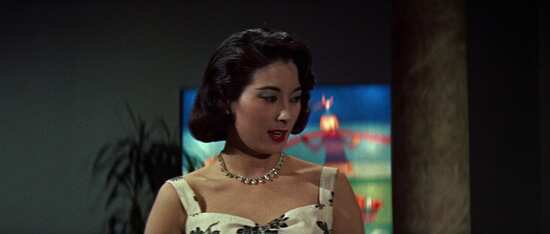
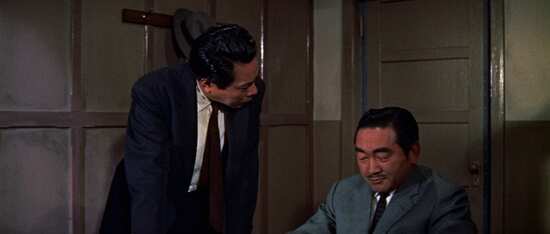
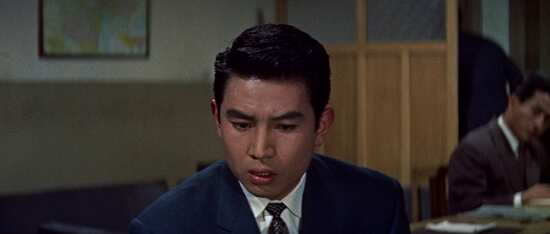

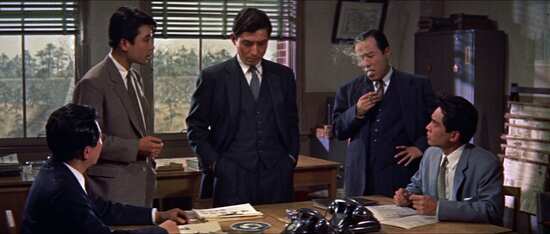
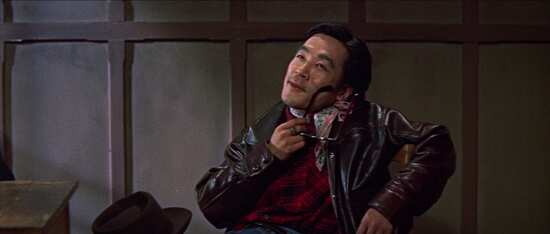
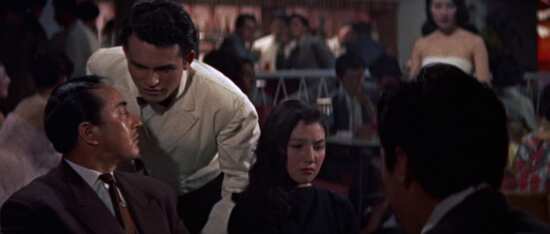
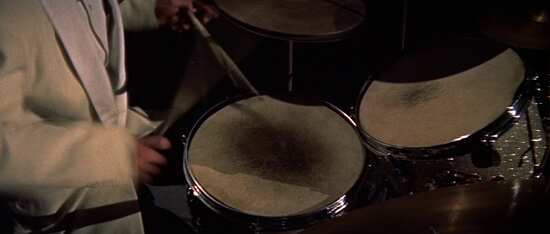
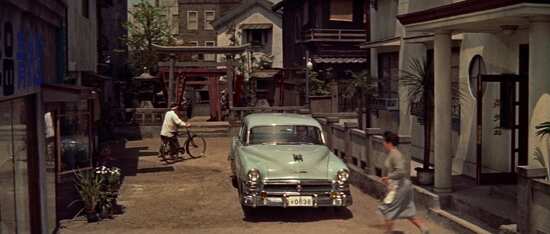
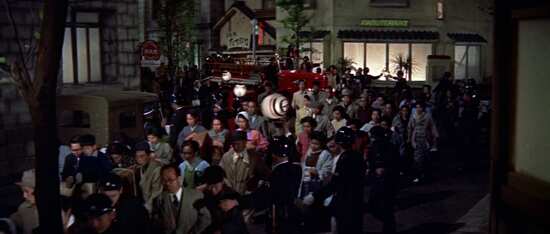
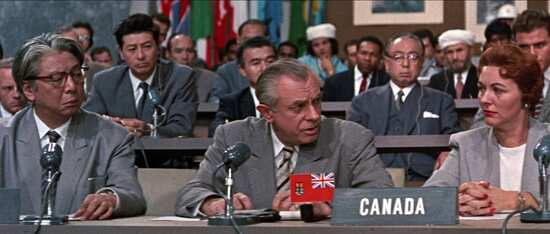
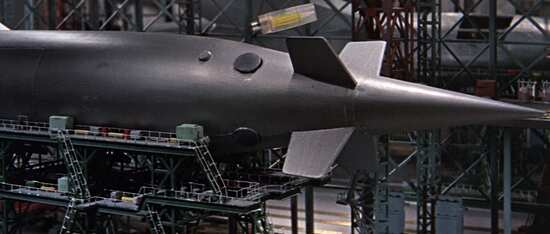
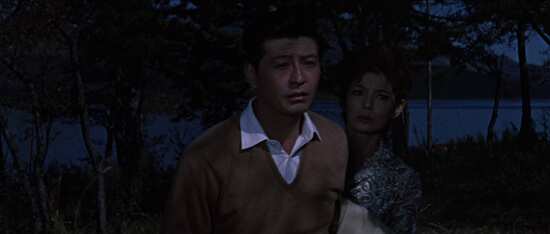
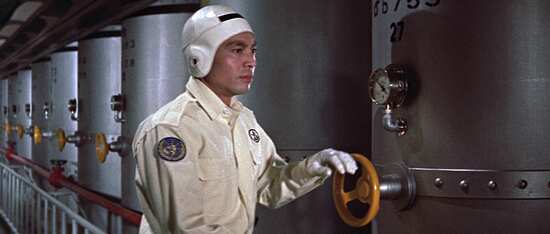
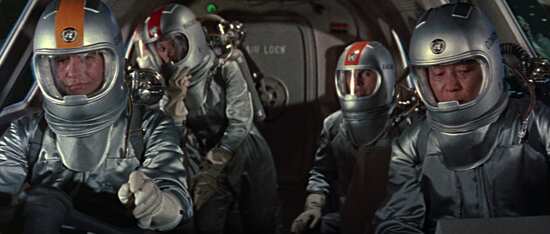

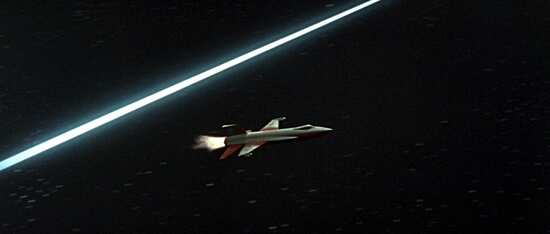
Your Opinions and Comments
Be the first to post a comment!